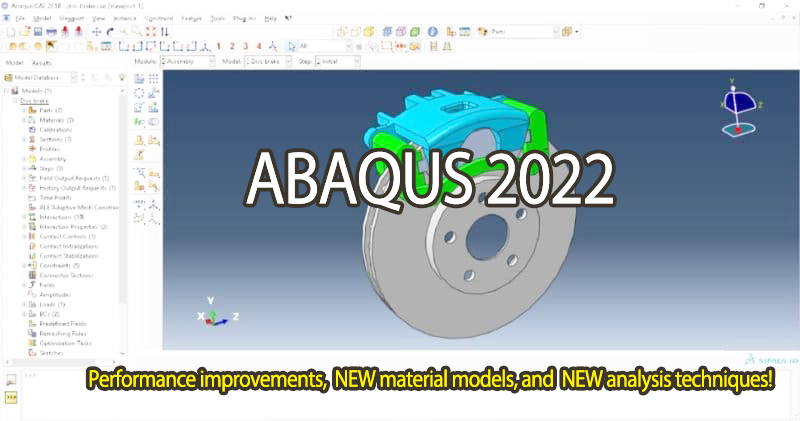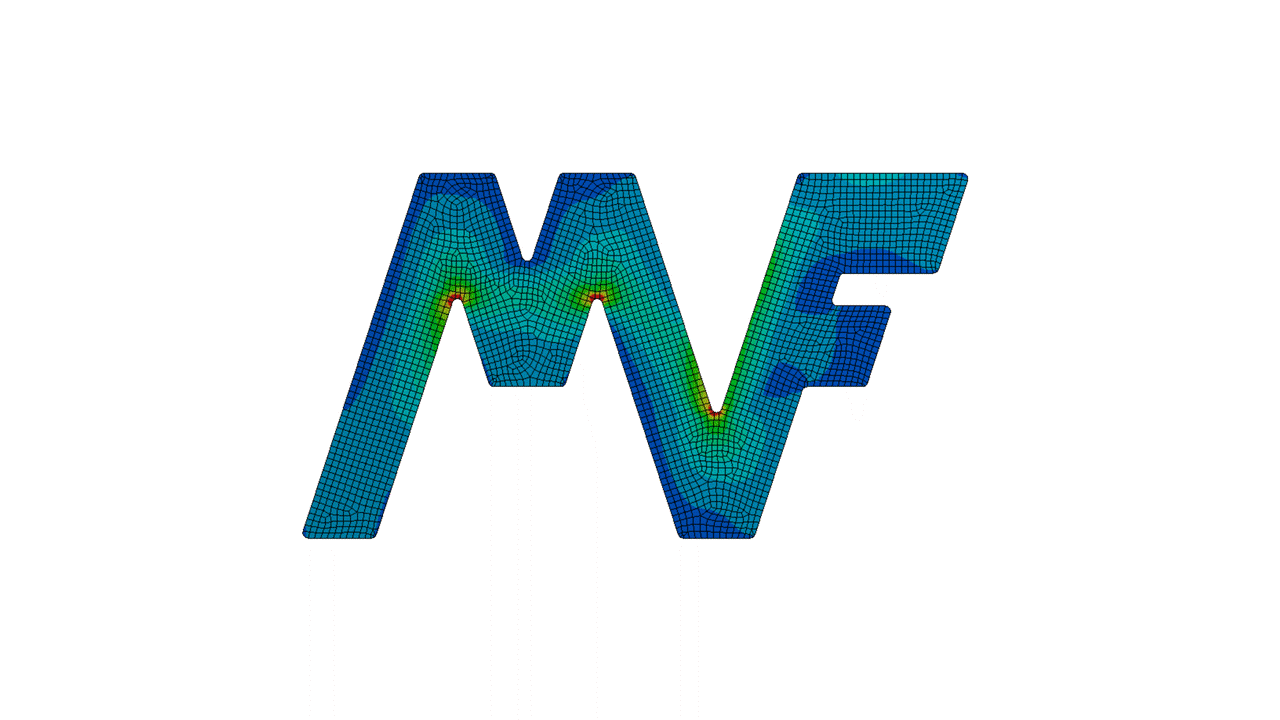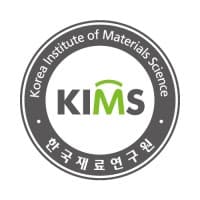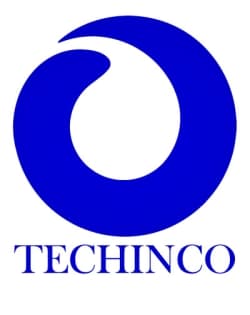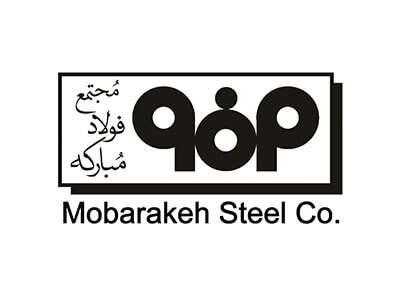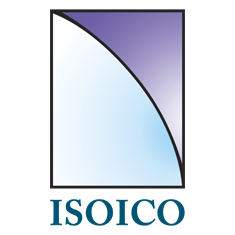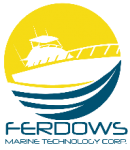What are the new features of ABAQUS 2022?
Some of the new features in ABAQUS 2022 include improved contact algorithms, enhanced material models, new simulation capabilities for additive manufacturing, and improved visualization tools.
What improvements have been made to the contact algorithms in ABAQUS 2022?
In ABAQUS 2022, several improvements have been made to the contact algorithms. One of the most significant changes is the addition of the “Adaptive Contact” feature, which allows for more accurate and efficient contact simulations. This feature automatically adjusts the contact parameters during the simulation to improve convergence and reduce the number of iterations required.
Another improvement is the enhanced contact stabilization algorithm, which helps to prevent numerical instabilities and improve the accuracy of the results. Additionally, the new version includes improvements to the contact behavior for thin-walled structures and the ability to model sliding contact between deformable bodies.
Overall, these improvements to the contact algorithms in ABAQUS 2022 help to enhance the accuracy and efficiency of contact simulations, making it easier for engineers and researchers to conduct complex analyses and design better products.
Can ABAQUS 2022 simulate additive manufacturing processes?
Yes, ABAQUS 2022 has new capabilities to simulate additive manufacturing processes. The new release includes a range of enhancements to the Additive Manufacturing and 3D Printing module, including improved support for powder bed fusion, directed energy deposition, and binder jetting processes. Additionally, ABAQUS 2022 includes new features for topology optimization and improved support for composite modeling.
What improvements have been made to the simulation setup in ABAQUS 2022?
ABAQUS 2022 has introduced several improvements in the simulation setup process. Some of the notable improvements include:
Enhanced geometry import capabilities: ABAQUS 2022 allows for the direct import of CAD models from various sources, including CATIA, Inventor, and SolidWorks. This feature streamlines the geometry import process, reducing the time and effort required to prepare models for simulation.
Improved meshing capabilities: ABAQUS 2022 includes enhancements to the meshing algorithms, resulting in higher quality meshes with less manual intervention required. This feature improves the accuracy of simulation results while reducing the time and effort required to generate meshes.
Enhanced material modeling capabilities: ABAQUS 2022 includes new material models and improved capabilities for existing models. This feature enables more accurate simulation of complex material behavior, such as anisotropic materials and composites.
Improved post-processing capabilities: ABAQUS 2022 includes several enhancements to the post-processing capabilities, including new visualization tools and improved data analysis capabilities. This feature makes it easier to interpret simulation results and communicate findings to stakeholders.
How does ABAQUS 2022 improve performance for large models?
ABAQUS 2022 introduces several new features that improve performance for large models. One of the most significant improvements is the introduction of a new solver called the Direct Sparse Solver (DSS). This solver uses a more efficient algorithm for solving large systems of equations, resulting in faster solve times and reduced memory usage. Additionally, ABAQUS 2022 includes enhancements to the parallel processing capabilities, allowing for better scalability and faster solution times on multi-core and distributed computing systems. Other performance improvements include faster meshing and improved visualization capabilities. Overall, ABAQUS 2022 is designed to handle larger and more complex simulations with greater efficiency and accuracy.
Are there any new material models available in ABAQUS 2022?
Yes, there are several new material models available in ABAQUS 2022. Some of the new material models include:
Continuum damage mechanics (CDM) for isotropic materials: This model allows for the prediction of failure in isotropic materials under complex loading conditions.
Anisotropic Gurson-Tvergaard-Needleman (GTN) damage model: The GTN material model is specifically designed for anisotropic materials and can predict damage and failure under complex loading conditions.
Micromechanical modeling of composites: This model allows for the prediction of the behavior of composite materials under different loading conditions, accounting for their microstructure. Also, check Micromechanics plugin for Abaqus.
Plasticity models for additive manufacturing: These models are designed to account for the unique properties of materials produced using additive manufacturing techniques.
These new material models can help engineers and researchers to better simulate and predict the behavior of materials under different loading conditions, leading to more accurate and reliable designs.
